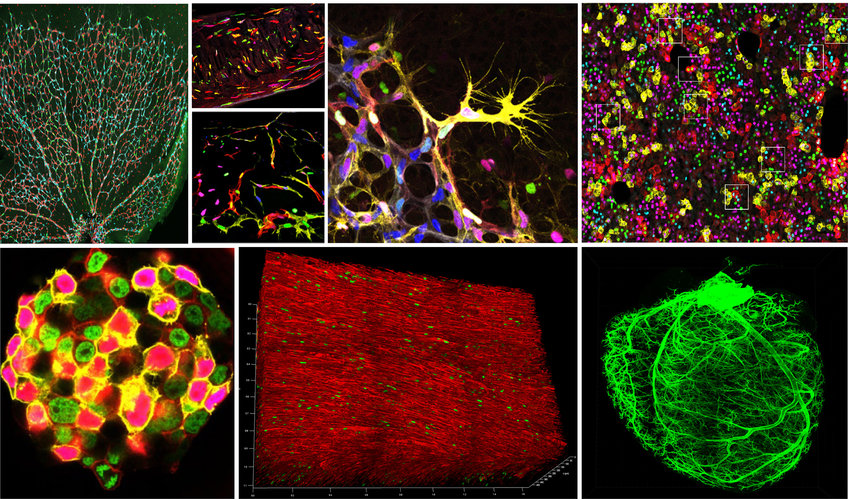
Profile
The Benedito department uses state-of-the-art genetics, imaging, and single-cell omics technologies to understand gene function in a wide range of biological and disease processes. The research is highly interdisciplinary, and the department has the expertise, infrastructure and resources to carry out outstanding biomedical research. Recent work from the Benedito group has established new genetic tools and methods of broad relevance to understanding gene function in all single cells of a living organism. The group has also uncovered new molecular and cellular mechanisms relevant to effectively inducing angiogenesis or arterialization during organ development, homeostasis or in disease settings. Additionally, the group is studying the genetic and cellular mechanisms underlying the maintenance of vascular homeostasis, the origin and development of vascular malformations, the regulation of obesity by blood vessels, the role of endothelial cells in the development of atherosclerosis, the mechanisms leading to the effective vascularization of an heart after myocardial infarction, and the origins and single-cell genetics of cancer.
Recent Research Highlights
- Generated a large genetic toolbox and imaging methods to induce, multispectrally barcode, and analyze the biology of somatic genetic mosaics (Garcia-Gonzalez et al., 2025 Nature Methods and Pontes-Quero et al., 2017 Cell).
- Developed new genetic methods to increase the ease, efficiency, and reliability of Cre-dependent conditional genetics (Fernandez-Chacon et al., 2019 Nature Communications; Garcia-Gonzalez et al., 2024 Nucleic Acids Research).
- Made important contributions to the mechanistic understanding of arterial development. The group found that arterial development does not require the direct induction of an arterial differentiation genetic/transcriptional program, but rather the timely suppression of endothelial cell-cycle and metabolic activity—a process preceding cell mobilization and full arterial differentiation (Luo et al., 2021 Nature; Tucker Collins Award - Harvard 2022). The group is now using this knowledge to induce effective collateral arterialization in cardiovascular disease models, particularly after myocardial infarction.
- By combining advanced genetic methods with the latest single-cell RNAseq technologies, the group has found a significant incongruence between single-cell transcriptional states, vascular phenotypes, and related pathophysiology. The group has discovered that the altered vascular structure and functional abnormalities, rather than transcriptional angiogenic states, cause the reported toxicity of some pharmacological compounds used in clinics to target Dll4-Notch or VEGF signaling (Macarena Fernández-Chacón et al., 2023 Nature Cardiovascular Research; also Werner Risau Prize 2023).
- The group has also found that excessive mitogenic stimulus arrests angiogenesis. At high levels of mitogenic activation, endothelial cells migrate and sprout but do not proliferate well, which compromises angiogenesis over time. This finding is important to consider in future therapies aimed at inducing effective angiogenesis in ischemic tissues (Pontes-Quero et al., 2019 Nature Communications).